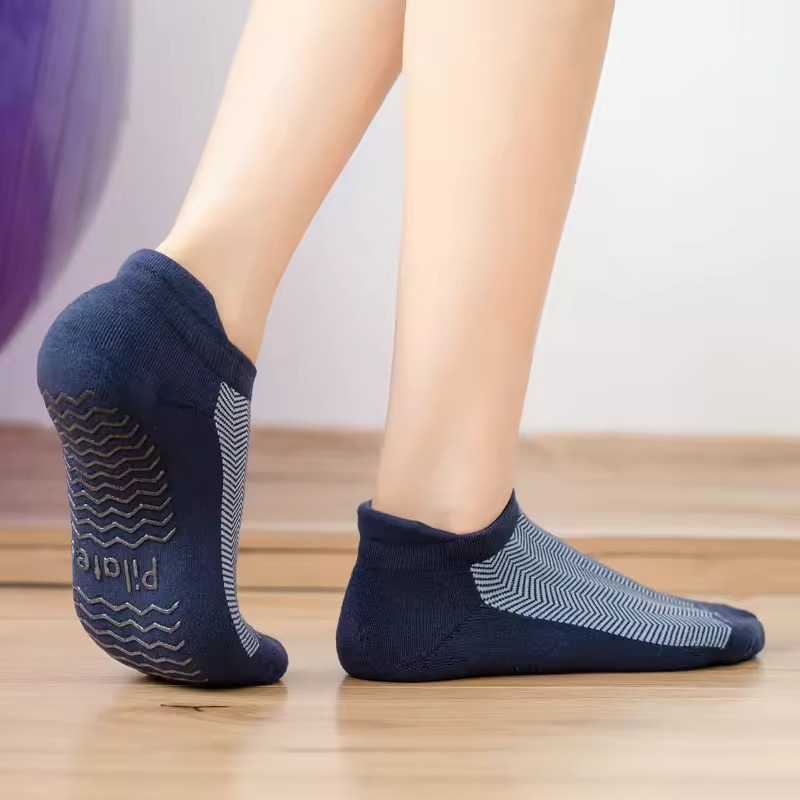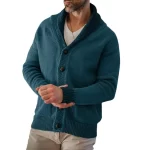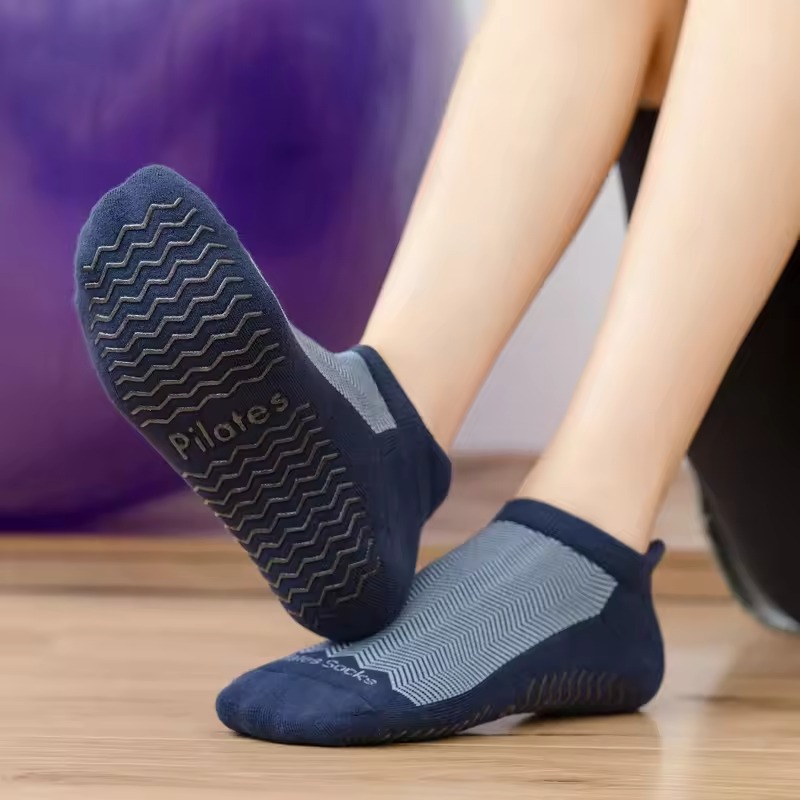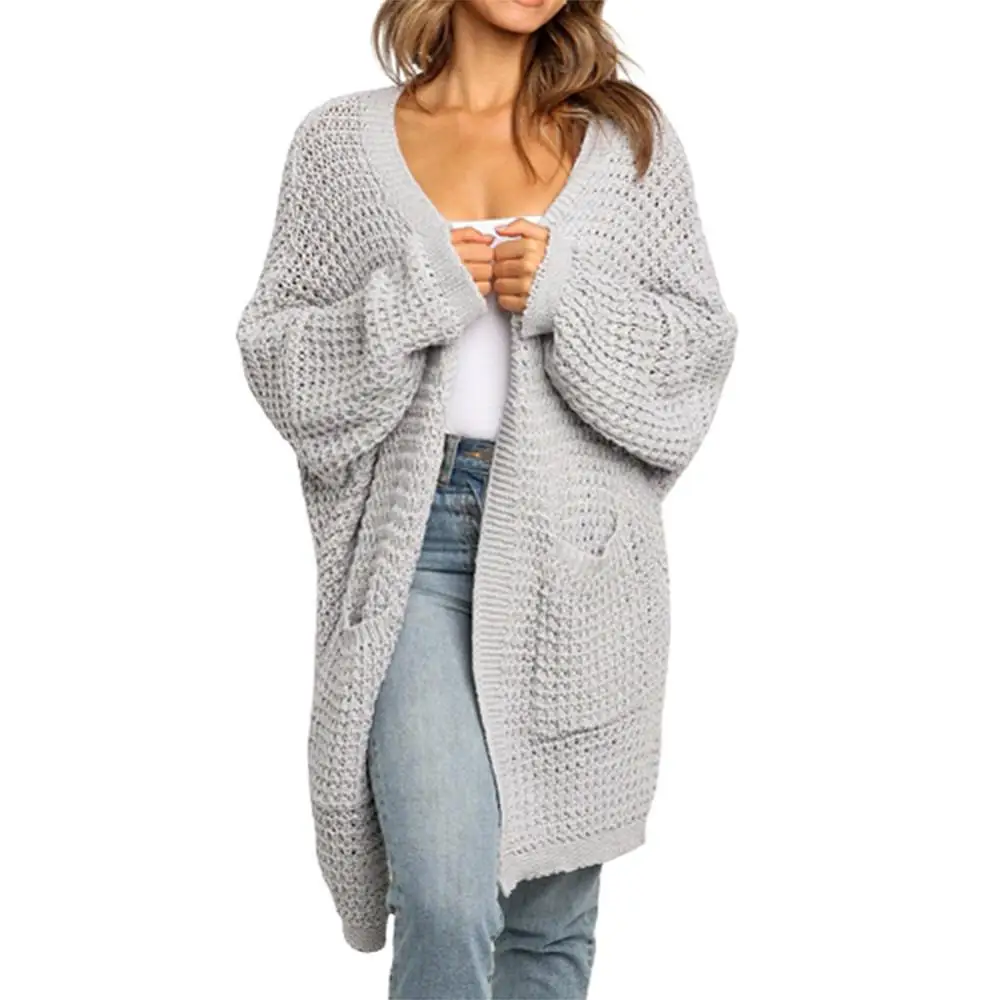What Are Compression Socks and Their Primary Uses
Compression socks apply gentle pressure to your legs and ankles. They promote blood flow from your legs to your heart. Health experts design them for people who stand a lot, travel or have circulation problems. The primary uses of compression socks include easing pain from varicose veins, preventing deep vein thrombosis (DVT), and reducing swelling during pregnancy. Athletes also wear them to help muscles recover after exercise.
Compression socks come in various types and pressures. The pressure they provide is measured in millimeters of mercury (mmHg). Light compression varieties are for daily use. They can help you feel more energized if you’re on your feet a lot. Stronger compression socks are for those with specific medical conditions. Doctors often prescribe them to support veins and prevent blood clots.
When you ask ‘can you wear compression socks all day,’ it’s important to know their uses. If you use them for work or while traveling, it’s usually safe to wear them all day. Make sure they fit well and you choose the right level of compression. Doing so ensures comfort and the best benefits for your health.

Benefits of Wearing Compression Socks Daily
Wearing compression socks each day can be beneficial. They enhance blood circulation in your legs. Good blood flow is key to preventing leg fatigue and swelling. Daily wear can also reduce pain from varicose veins. This pain relief is vital for those who stand for hours.
Compression socks support vein function. They help maintain healthy blood flow. This support can prevent serious health issues, like DVT. Athletes find these socks helpful for muscle recovery too. Muscles feel less sore after training or competitions.
Those who travel often wear compression socks. They lower risks related to long flights or car rides. We’re talking about risks like blood clots and leg swelling. Pregnant women also benefit from daily wear. It aids them by lessening leg swelling and discomfort.
But, remember to choose socks with the right level of pressure. This ensures you gain these benefits without discomfort. If you’re unsure, ask a healthcare provider for advice. They can direct you to the best compression level for your needs.
How to Choose the Right Compression Socks for All-Day Wear
Choosing the right compression socks for all-day wear is key to comfort and effectiveness. Here are straightforward tips to make the right decision.
- Know Your Size: Proper sizing is crucial for compression socks. Measure your legs to ensure a snug fit without cutting off circulation.
- Understand Compression Levels: Compression levels, measured in mmHg, vary. For all-day wear, a lighter compression usually between 15-20 mmHg is often enough.
- Consider Material: Look for breathable, moisture-wicking materials. These will keep your feet dry and comfortable throughout the day.
- Check the Style: Knee-high socks are a popular choice for daily use. They cover key areas without being too restrictive.
- Listen to Your Body: Pay attention to how your legs feel throughout the day. If discomfort arises, your socks may not be the right fit.
- Seek Professional Advice: If in doubt, consult a healthcare provider. They can help you find the correct type and fit for your needs.
By following these tips, you can ensure you’re wearing compression socks that will support your legs without causing issues. Always remember, the goal is to balance comfort with therapeutic benefit, especially when you’re asking ‘can you wear compression socks all day’. Sticking to these guidelines will help you do just that.
Best Practices for Wearing Compression Socks During Workouts
Incorporating compression socks into your workout routine can offer benefits, yet it’s essential to follow best practices. Here are guidelines you should consider:
- Choose the Right Compression Level: For exercise, opt for moderate compression. This supports muscles without restricting movement.
- Wear Them Correctly: Put compression socks on before your workout starts. This boosts circulation right from the beginning.
- Stay Hydrated: Good hydration helps with blood flow. Drink water while you exercise with compression socks.
- Avoid Prolonged Use Post-Workout: Remove your socks after cooling down to ensure normal circulation.
- Mix It Up: Don’t wear compression socks for every workout. Give your legs ‘normal’ days too.
- Clean After Every Use: Sweat can break down the material. Wash socks after each workout to maintain their compression.
By following these practices, you ensure the best results when asking ‘can you wear compression socks all day’—especially throughout your exercise routine.
The Importance of Proper Fit and Graduated Compression Levels
When discussing can you wear compression socks all day, proper fit cannot be overstated. A well-fitting pair of compression socks should feel snug but not too tight. They should not dig into your skin or cause discomfort. Here’s why fit matters:
- Prevents Circulation Issues: Too-tight socks can restrict blood flow. Proper fit helps maintain steady circulation.
- Ensures Effectiveness: Compression socks work best when they fit well. This ensures even pressure distribution.
- Avoids Skin Marks: Well-fitted socks leave fewer imprints on the skin. Tight socks can cause persistent indentations.
Graduated compression levels are also a critical factor. Graduated compression means the pressure decreases from the ankle to the knee. This design encourages blood to flow back to the heart. The proper graduated level depends on your individual needs.
To understand how graduated compression works, consider these points:
- Higher Pressure at Ankles: This supports the veins in moving blood upwards.
- Lower Pressure Up the Leg: Reduces the risk of blood clots without restricting mobility.
- Customized to Need: Different activities or conditions might require different levels of graduated compression.
It’s essential to choose the right level of compression. A healthcare provider can make recommendations on this. They understand how pressure can impact your health. Too much compression can be harmful. Too little, and you might not see the benefits. Always aim for balance and comfort. This will help you get the full advantages of wearing compression socks all day.

Potential Risks and Side Effects of Overuse
While it’s generally safe to ask, ‘can you wear compression socks all day?’, there are potential risks tied to overuse. Being aware of these can help you avoid any negative side effects. Here’s what you should keep in mind:
- Circulation Problems: Too much pressure can hinder blood flow. Ensure the socks are not too tight.
- Skin Irritation: Prolonged wear might cause rashes or infections. Look for signs of irritation regularly.
- Muscle Weakness: Relying on socks for too long can lead to decreased muscle strength. Use them wisely.
- Deep Vein Thrombosis (DVT): Ironically, wrong use can raise the risk for DVT. Follow medical advice.
- Heat and Sweat Issues: Heat build-up can occur, and sweat may lead to skin issues. Choose breathable materials.
If you experience discomfort or pain, it’s a clear signal to take a break. It’s also key to switch out your socks daily for a fresh pair. Taking these precautions ensures you reap the benefits of compression socks without facing the disadvantages of overuse.
Caring for Your Compression Socks to Ensure Longevity
To make sure your compression socks last, proper care is essential. Following these care tips will help maintain their quality and effectiveness:
- Wash them gently: Hand wash or use a gentle cycle in cold water. Hot water can damage the fibers.
- Use mild soap: Avoid bleach or fabric softeners. These can break down the compression material.
- Dry correctly: Air dry your socks. Heat from a dryer can reduce their elasticity.
- Avoid wringing: Don’t twist your socks to dry. This can change their shape and fit.
- Rotate pairs: Use multiple pairs of socks. Rotating them reduces wear and tear.
- Inspect regularly: Check for holes or worn areas. Damaged socks won’t provide proper compression.
Proper care extends the life of your socks, helping you answer ‘can you wear compression socks all day’ with confidence. Remember, longevity means better support for your legs over a longer period.

When to Take a Break from Compression Socks
Recognizing when to take breaks from wearing compression socks is key for your health and comfort. Here are situations when it’s advisable to give your legs a rest:
- After Long Periods: If you’ve worn them for an entire day, give your legs a break.
- If You Feel Pain: Pain or discomfort suggests a need for a break. Listen to your body.
- During Sleep: Generally, there’s no need to wear compression socks while sleeping.
- Skin Issues Arise: Any sign of skin irritation or rash means it’s time to take them off.
- Post-Recovery: Once swelling or pain has subsided post-exercise, you can remove them.
- If Advised by a Doctor: Follow any specific instructions from your healthcare provider.
It’s crucial to stay aware of how your legs feel when asking, ‘can you wear compression socks all day?’. Mixing periods of wear with breaks helps ensure the benefits without overstressing your legs. Keep a balanced approach to maintain optimal leg health.










